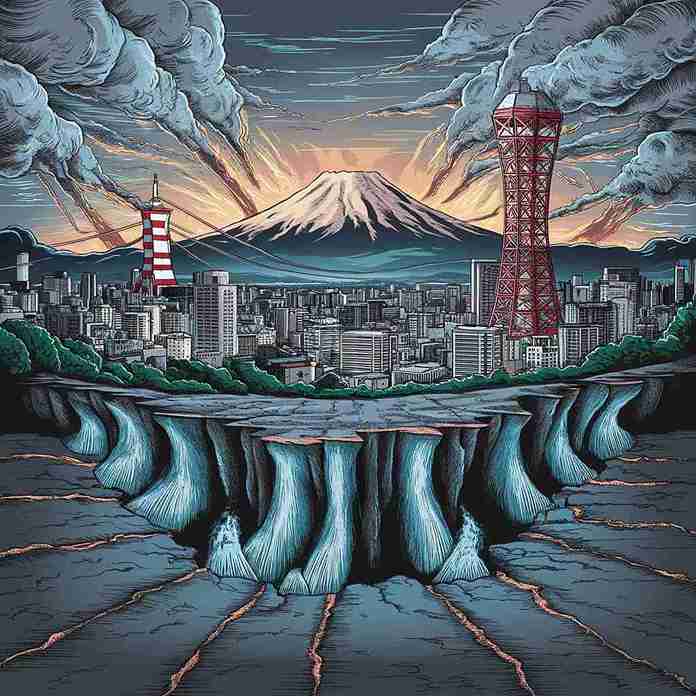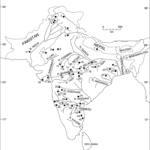Japan experiences an average of 1,500 earthquakes per year.

1,500 earthquakes per year

1500 earthquakes per year.
Japan experiences an average of 1,500 earthquakes per year. Situated in one of the most seismically active regions of the world, Japan experiences a remarkably high frequency of earthquakes. Located along the “Pacific Ring of Fire,” a major area in the basin of the Pacific Ocean where many earthquakes and volcanic eruptions occur, Japan is at the convergence of several major tectonic plates, including the Pacific Plate, the Philippine Sea Plate, the Eurasian Plate, and the North American Plate.
The constant movement and interaction of these plates result in significant seismic activity beneath and around the Japanese archipelago. While the figure of 1,500 earthquakes per year might seem alarming, it’s important to note that the vast majority of these seismic events are minor tremors that are often too weak to be felt by humans or cause any significant damage.
These microquakes are constantly occurring as the Earth’s crust adjusts to the immense pressures exerted by the moving tectonic plates. However, Japan also experiences a significant number of moderate and occasionally large earthquakes that can be felt and sometimes cause damage, depending on their magnitude, depth, and proximity to populated areas. The country has a long history of dealing with the destructive power of earthquakes and tsunamis (large ocean waves often triggered by underwater earthquakes), and as a result, Japan has developed some of the most advanced earthquake preparedness and building codes in the world.
These measures include stringent structural engineering requirements for buildings, sophisticated early warning systems that can provide crucial seconds of notice before strong shaking arrives, and widespread public education and drills to prepare citizens for seismic events. Despite these efforts, the potential for large and devastating earthquakes remains a constant concern in Japan, and ongoing research and technological advancements continue to play a vital role in mitigating the risks associated with its seismically active location.
The Japanese people have learned to coexist with earthquakes, integrating preparedness into their daily lives and constantly striving to improve their resilience to these natural hazards. The frequent seismic activity is a fundamental aspect of Japan’s geological reality, shaping its landscape, its culture, and its approach to infrastructure and safety.
The Great Barrier Reef is the world’s largest living structure.
About the Author
Sisir Mondal
Administrator
My name is SISIR MONDAL, I complete my graduate from University of Kalyani , West Bengal, India . I am like to build WordPress website and also developing this type of website . If you want your website , you can contact me trough email. thanks to visit this site.















